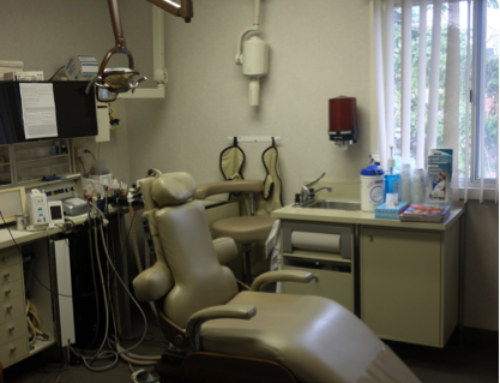As the price of cone beam computed tomography (CBCT) machines dropped dramatically for use in endodontic treatment, greater image resolution and optimized care for more patients became a reality. The dental implantology game-changer of 3D-Guided Surgery – Computer Guided Surgery (CGS ), soon followed.
The insertion of the dental implant with CGS’s fully three-dimensionally-guided assistance during the surgical procedure is quicker and more accurate. There is a place for freehand implant techniques, yet when performed correctly, CGS exceeds repeated accuracy statistics.
Strong experience in freehand implantology is backup, should the guide be in an incorrect position with respect to hard and soft tissue. In any case, the implantologist needs the skill to understand a clinical complication and make reasoned choices about implant placement modifications during the procedure, if necessary.
The speed with which CGS occurs is worth putting in perspective. The actual surgery and implant placement with the guide can be measured in minutes, often less than 10. The patient experience is far more tolerable. Less radiation is transmitted to the patient, clinical operatory time is managed more productively, and outcomes are safer and more predictable. Once pre-treatment data sets all come together, the clinical steps follow an accurate progression to complete the osteotomy and place the implant.





